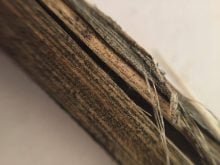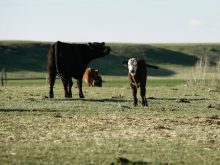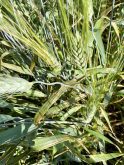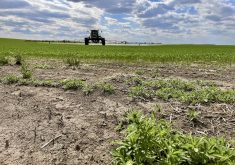Glacier FarmMedia – While it has its defenders among those who grow oats for food, feed and seed markets, oat production often goes undervalued in a land where canola and wheat are kings.
That’s why the recent creation of the world’s first reference genome for oats is a significant step toward a more targeted approach to improving yield, disease tolerance and other characteristics.
Sequencing the oat genome is cause for optimism within the research community. Wubishet Bekele and Nicholas Tinker are two Canadian team members who took part in the work, alongside 31 researchers from 20 institutions in five countries.
Read Also
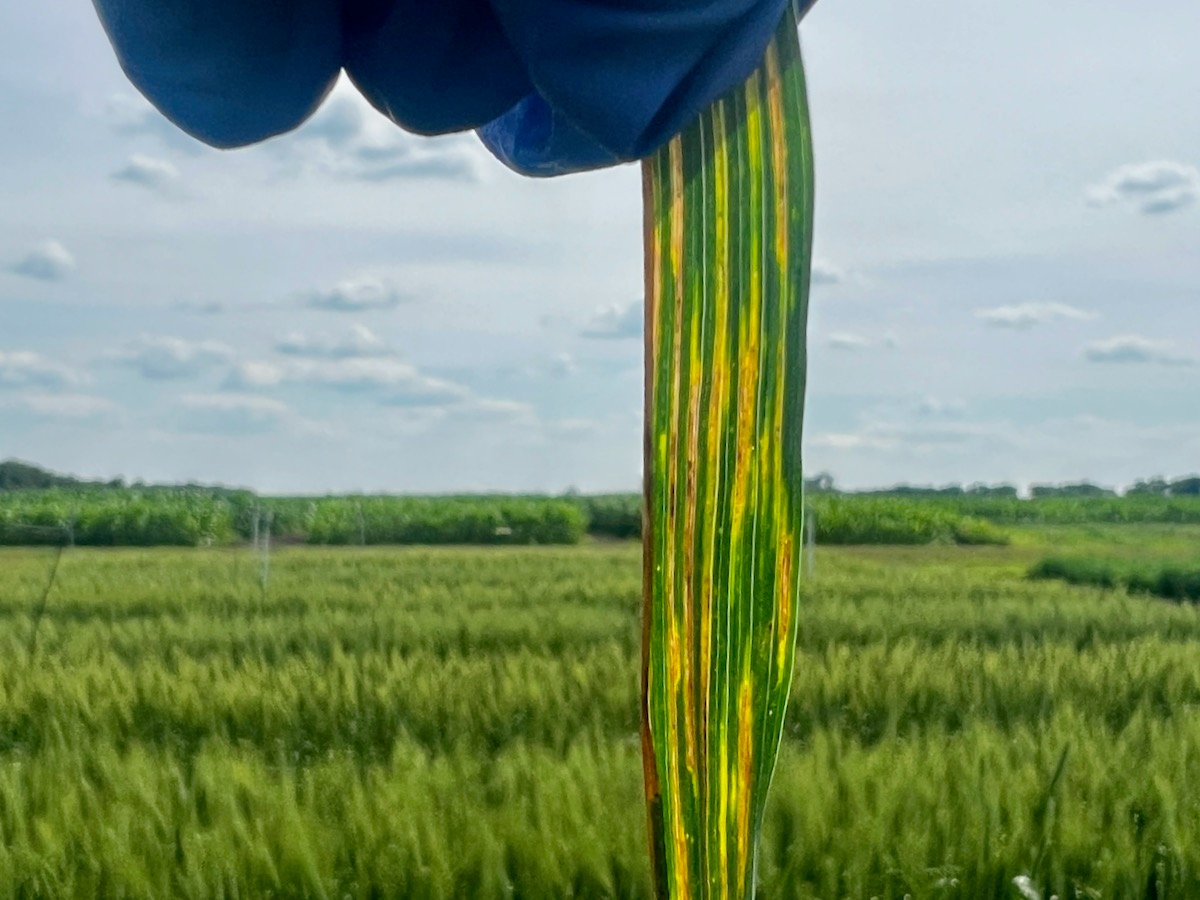
Researchers chase resistance to bacterial leaf streak in Prairie cereals
Bacterial leaf streak is re-emerging in cereal crops on Canada’s Prairies. With no fungicides or resistant varieties available, researchers are testing genes for future control of the crop disease.
Fully unraveling the oat genome took five years — in part because it is a unique and complex fusion of three sub-genomes.
The work has both scientific and practical applications.
“We sequenced, characterized and compared two oat genomes, plus two of their wild ancestors,” says Tinker, a research scientist from Agriculture and Agri-Food Canada’s Ottawa Research and Development Centre.
“We found parts of the chromosomes have been inverted or jumped over to other chromosomes and also that different oat varieties have different chromosome arrangements.”
These rearrangements are a natural process but oats seem to have tolerated it more than other species, which explains why the genome is so complicated. It also provides a roadmap to tame that complexity.
“Crosses between oats with different chromosome arrangements can have good or bad surprises,” says Tinker. “We now have tools and knowledge to avoid or anticipate those surprises.”
“We apply tools to assist in selection by predicting things that we can’t see,” adds Bekele, who is also a research scientist at AAFC in Ottawa.
“Breeding is painstakingly detailed work that distills tens of thousands of lines down to one or two cultivars over a 10- to 12-year cycle. We combine genomic information with performance data to develop predictive models that improve the speed and accuracy of that selection process.”
Having complete genome sequences allows researchers to better pinpoint traits and characteristics and begin to understand and predict the underlying genes and molecular processes.
“In addition to selecting progeny, we’re now trying to predict better parental combinations based on gene content and chromosomal configurations,” says Bekele. “This is the next level of improvement in genomics-assisted breeding, made possible by this new genomic resource.”
The sequencing provides well-timed good news for public-sector breeding, says Jeff Reid, general manager of SeCan.
“This is foundational to where we’re trying to go as a country. There should be no question as to whether oat breeding needs to be maintained or growing in terms of capacity.”
Reid refers to the “complicated puzzle” between government and producer funding groups, to figure out who will take responsibility for upstream foundational research versus closer-to-market testing. Will it be AAFC, the universities, industry or producers?
Who will participate in research for smaller and regional crops? And who will take responsibility for ensuring products reach the market in a way that’s available to every farmer in each region?
“When we talk about mapping the genome, that’s awesome,” says Reid. “That should help us to make much more rapid progress when we’re looking at introducing tools like gene editing.
“But that’s only going to help to tweak specific traits within a variety. In order to get the overall yield and general agronomic adaptation, there is no replacement for boots-on-the-ground testing and multi-location variety testing.”
Without making selections in the environment where a crop will be grown, it’s difficult to make progress.
“That’s really a key message that we’ve been trying to hammer home as we look to solve this puzzle,” says Reid. “This needs to happen on the ground where the crop is grown.”
– Ralph Pearce is a Glacier FarmMedia contributor.




